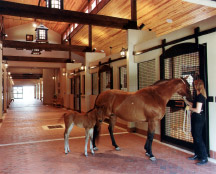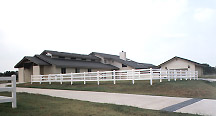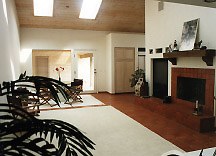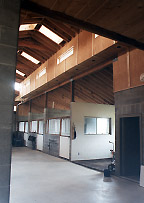
Home
Barn Plans
Horse Farm Planning
Horse Safety
Barn Layout
Barn Construction
Arena Construction
Photo Galleries
Questions & Answers
Recommended
Resources
The Mercantile
The RoundPen
The StableHand
Useful Links
Feedback
Who We Are
Contact Us

Living in your barnPros and cons of a unique concept in living |

|
|
Reasons for doing it | Design ideas | Pros and Cons
We've all heard the digs about being 'raised in a barn," but there are lots of people who cohabitate with their equines and love it. Living in the barn can be a convenient and economical alternative to boarding or living in a separate house and barn. Of course, living with your horses means you're with them 24 7, 365. Such a commitment means you really have to love your horses. If that doesn't scare you, see what some other horse-lovin' fools had to say about their reasons, designs, pros and cons of living in the horse barn.
|
|
|
Pros and cons of living in your barn
|
|
|
|
Pros:1. Proximity - Being close to your horses gives you peace of mind and saves you energy and time - and time is money. 2. Money - Building a home and barn in one can be cheaper than building two separate structures, and having just one structure can be cost and labor efficient. 3. Enjoyment - For a horse lover, there's no better way to be close to your equines. 4. Novelty - Living in your barn is a way to stand out from the crowd without sacrificing the creature comforts of home.
Cons:1. Proximity - Not everyone is comfortable living that close to their horses. If your horses are your job, you never leave work; there's no way to escape clients or barn traffic. 2. Insurance - Insurance companies can hesitate to insure your home/barn; these structures are hard for them to define and they may not recognize the value of the property. Having hay storage within, or attached to, the structure is hazardous and also complicates the process. 3. Financing - Check to see if similar structures have been sold in your area in the last year. If some have been sold low or failed to sell, this will affect your appraisal, and you may not be able to get financing from your bank. These structures aren't for everyone. 4. Limited market - Should you decide to sell, you'll be marketing your place to a very limited group - other serious horse lovers like yourself. The converse is also true - good luck finding a place like this to buy. (Top of page)
|
|
Information on this page courtesy/copyright 2000, 2001 Gralla
Architects International Equine Facility Planning and Design www.grallaarchitects.com or call 405-527-7000
|
|
Home |
Barn Plans
Horse Farm Planning |
Horse Safety |
Barn Layout |
Barn Construction |
Arena Construction
Photo Galleries |
Questions & Answers |
Recommended Resources |
The Mercantile
The RoundPen |
The StableHand |
Useful Links
Feedback |
Who We Are |
Contact Us
The information contained on this site is intended for general informational and educational purposes only.
Visitors should not rely solely upon any information contained on this site for their specific or particular needs.
Privacy Statement
Copyright©2000-2005 StableWise
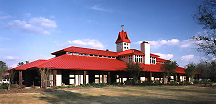 Reasons
Reasons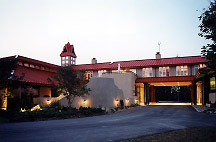
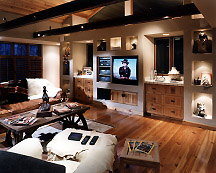 Design
Design